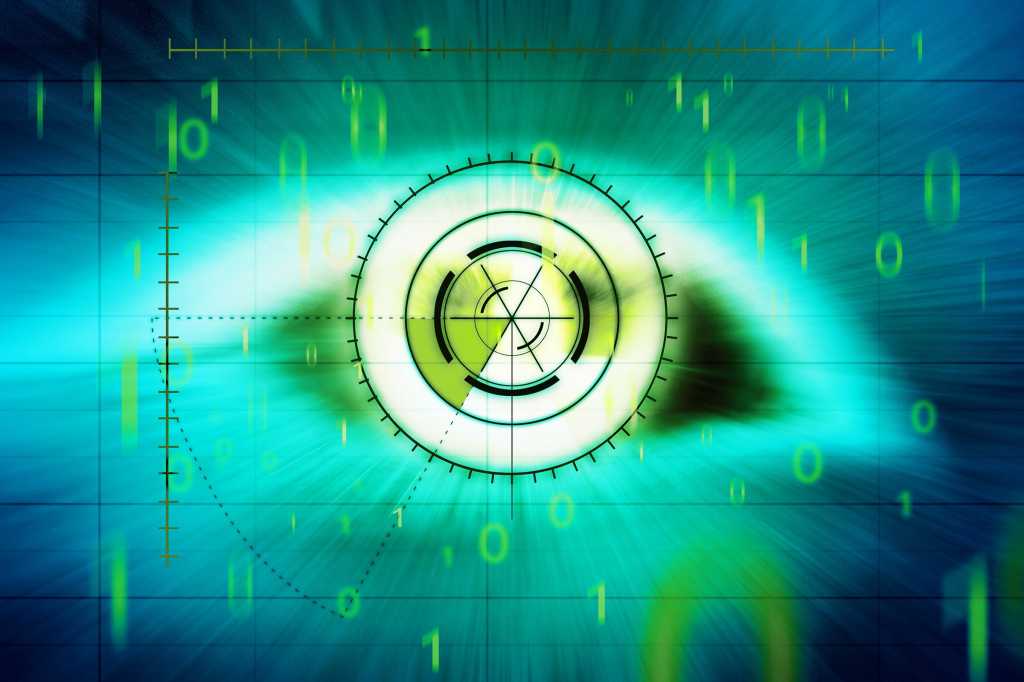Microsoft rolls out Face Check selfie verification system

Microsoft’s facial matching verification system, Face Check, is now available. The feature, part of Entra Verified ID, offers a new way to confirm a user’s identity and protect against unauthorized login attempts, Microsoft said.
Face Check works by comparing selfie footage taken on a user’s smartphone in real-time with a verified photo held on Microsoft’s servers — a passport photo or driver’s license, for example. The real-time selfie footage won’t be stored after a verification attempt, Microsoft said.
A successful match will confirm a user’s identity and authorize a login to an account. This could be useful for purposes such as remote employee onboarding or password changes, the company said.
Microsoft’s Azure AI Vision Face API is used to power the face detection and recognition. The software can also conduct a “liveness” check, which helps prevent the use of a static photo or 2D video to trick the verification system, Microsoft said, so deepfakes shouldn’t be effective.
Customer organizations can choose the level of confidence required to accept a Face Check login attempt. The higher the confidence score threshold, the less likely Face Check will incorrectly verify an impersonator. The default score is a 50% match, which equates to a one in 100,000 chance of getting a false positive; at 90%, the chances are one in a billion, Microsoft said. (A higher confidence score requirement also increases the likelihood a legitimate login attempt will be rejected.)
Changes in a user’s appearance compared to the verified photo — a different haircut, for example –—could lower the match score, as well as differences in surroundings, such as lighting.
Microsoft Entra ID customers can access Face Check as a standalone service (which costs 25 cents per verification) or with a subscription to the Entra Suite paid add-on ($12 per user each month).

